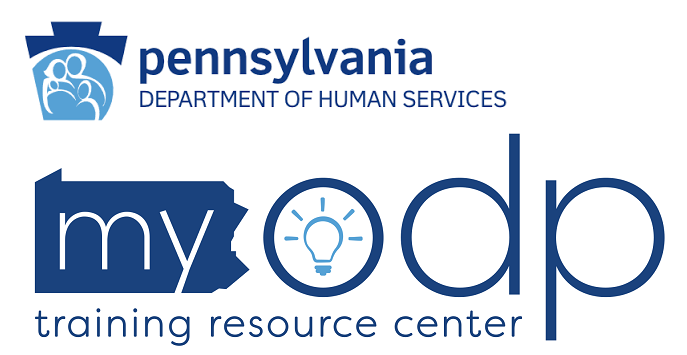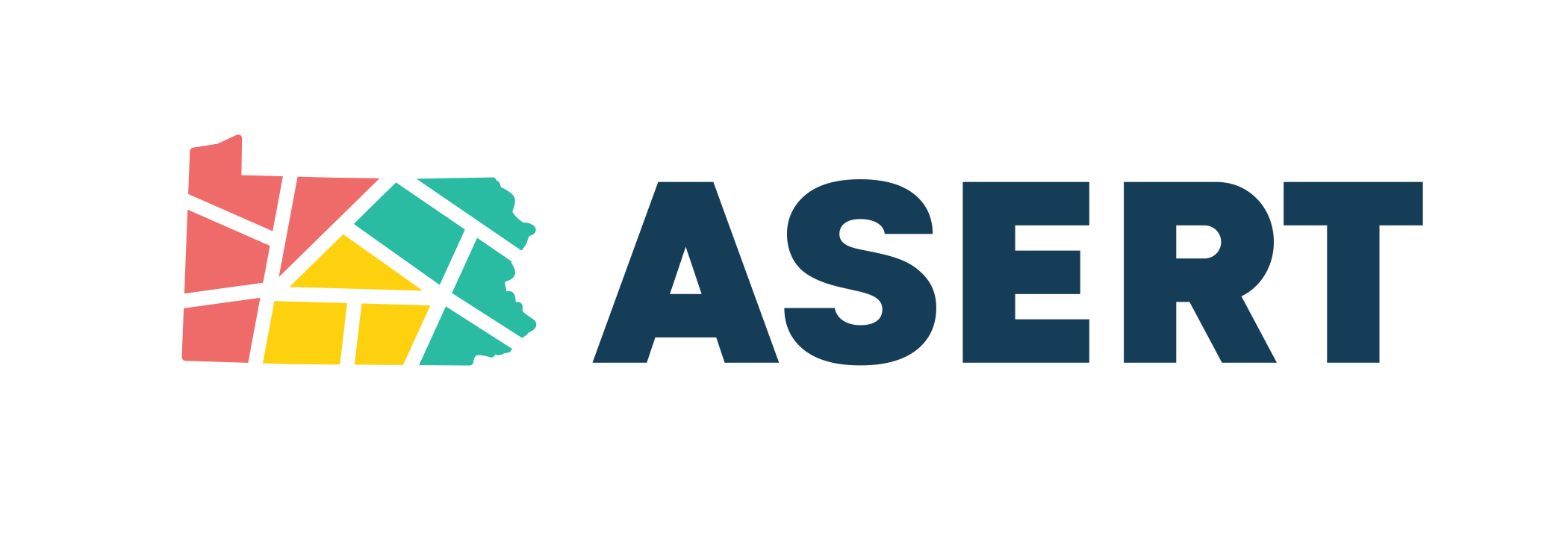Positive Approaches Journal, Volume 12, Issue 1
Maguire, Haag, Benedetto | 27-37

Volume 12 ► Issue 1 ► May 2023
Overcoming Stigma through Education and Capacity Building in Communities
Helena Maguire, M.S., LABA, BCBA, CDE®
Maggie Haag, M.Ed., BCBA, LSW, CDE®
Ashley Benedetto, M.S. Ed., BCBA
Introduction
Stigma has always been part of the experience of those with disabilities. While much has been done legally to reduce stigmatization and to increase opportunities, challenges in creating maximal opportunities for those with disabilities remain. One of the primary clinical challenges is to ensure that the voice of the individual is solicited, valued, heard, and genuinely integrated into the treatment plan. For individuals with complex needs, it is especially important to ensure that their voices are heard, that their strengths are recognized, and that supports are provided.
Our case study illustrates creative ways that the preferences and needs of an individual with complex needs can be solicited, observed, and integrated into a plan of care. The case also highlights how important it is to build collaborative supports within the community, including within job placements.
We must continue to listen to the disability community about their needs and the best way to support a person with a disability. The critical factor is ensuring that the person receiving supports is actively involved in all aspects of planning to the greatest degree possible. Additionally, we must listen and heed the words of the advocates who are also disabled, learn from their feedback, and involve them in our work.
Stigma
Social Stigma1, according to Wikipedia, is the disapproval of, or is discrimination against an individual or identifiable group of people based on perceived characteristics that serve to distinguish them from other members of a society. Stigma can negatively affect the emotional, mental, and physical health of affected individuals, often resulting in isolation or feelings of depression, anxiety, and shame. At times, we see that social stigma also leads to discriminatory acts by others. Such discrimination can be intentional or can be a result of an unconscious bias. Regardless of the motivation, individuals may have experiences of rejection by other groups, or may experience verbal abuse or physical abuse, or may be denied access to basic needs such as education, healthcare, and employment. Many of these actions involve violations of human rights; these actions undermine the dignity of those with disabilities and fail to uphold the value of ensuring respectful care.
In 1972, Dr. Wolf Wolfensberger wrote the seminal article, “The Principles of Normalization.”2 This article highlighted the primary philosophy that all people with disabilities should be supported in leading their lives like others in their community and of their similar age. It emphasized that people with disabilities should be offered the same opportunities and environmental conditions to have a normal course of life. Dr. Wolfensberger offered a few guiding principles that included:
- Supporting the development of personal behaviors and characteristics that are culturally normative. (Please note that this can change over time, as such goals evolve over time with cultural changes. It has also been altered and influenced by an explicit value on individual difference and disability identity.)
- Supporting individuals to look and behave in ways that are considered culturally appropriate and similar to that culture relative to age and sex. (This can also change over time and should be flexible based on personal preferences and has also been altered by explicit values on individual differences and identities. However, the intent was to ensure that the individual’s dignity was always prioritized, and that their opportunities were maximized.)
- Supporting individuals to interact with others at an individual level, family level, peer group, school and education systems levels, in neighborhoods, in vocational /work settings, and through navigating social justice systems.
Overcoming Stigma
Since the writing of this 1972 article, several advances have been made in providing individuals with disabilities with equal opportunities. Laws have been passed prohibiting discrimination in schools and employment sectors.4,5 For example, special education laws, teacher training, and training and specialization in healthcare fields to promote comprehensive care has been emphasized in residency programs. In addition, disabilities awareness and specialty trainings for law enforcement personnel have been implemented nationwide. These advances are significant, and their attempts should be noted given the impact they have had thus far in attempting to equalize the opportunities for all individuals with disabilities. While we have certainly come a long way in reducing stigma, perseverance is still needed in finding ways to support people with disabilities in overcoming stigma. A major element of this movement involves having the community at large widen their definition of acceptable. Social acceptance of difference is key to improved outcomes.
Since some cultural norms change over time, we need to continually ask how we are helping overcome stigma. At the individual level, do we see the person we are supporting as able to dream and design a life by which they feel fulfilled? Or do we feel we “know better” and design a lifestyle for them with little regard to their desires? As a support system, we need to make sure we have educated ourselves about disabilities to be better positioned to support people with disabilities. Being supportive means treating people with dignity and respect and working together to figure out what they find meaningful. Establishing a better understanding of their personality and personal attributes can help us support their goals. In addition, helping family members in the process of supporting their loved one’s needs and desires allows that person to continue to thrive in loving environments and communities they live in.6
Helping people with disabilities overcome stigma and discrimination includes educating other members of the community who can also help support their needs in a natural way.7 A person’s community includes neighbors, schools, first responders, physicians, businesses, prospective employers, and any other location in the community that is important to that person.8 We need to help support people with disabilities to be fully integrated community members by ensuring they receive the appropriate access to education, healthcare, goods and services, and have the opportunity to have access to competitive employment, which can involve specific skills training. Disability advocates continually point out the ways in which marginalization continues to occur; we need to include those voices in all elements of planning and service provision. Elevating those voices ensures that we are including them as partners in these processes.
In addition to continuing to educate others on the abilities of people with disabilities, it is crucial to be careful with our words given that the language we use can significantly impact stigma reduction. Our words and conversations need to be supportive and positive in order to impact stereotypes that may still exist within the community. Remaining positive and highlighting the contributions of a person with a disability helps support them and assists other community or family members to value the person’s contributions. Ensuring that we see and name the “person” instead of referring to them as clients or patients helps others see the person too.
Case Study
The following case study illustrates an example of how one person was supported in ways that overcame stigma in their community.
William is a 38-year-old male diagnosed with an intellectual disability who resides in a home in the community. William receives 24-hour support from direct support professionals (DSPs) who work in his home as well as the program he attends during the day. William also receives behavior services to help support him to learn how to communicate his needs instead of engaging in behaviors that may be considered dangerous or disruptive, such as aggressive behaviors toward others, destruction of property, or yelling at others. William has great communication skills and is able to engage in conversations with others. He loves to help and will jump right in when he sees someone start to take the trash out or wipe down a table. He has strong gross motor skills and enjoys participating in a variety of vocational activities. William expressed a desire to be competitively employed, and the aforementioned skills helped his support teamwork with him to identify possible jobs of interest. Competitive employment involves working in the community while earning a competitive wage (i.e., earning what someone else working the same job without a disability makes, at minimum wage or higher), with the ultimate goal being to have natural community supports. Natural supports in an employment setting include co-workers, managers, and any other person who will be naturally in the environment, as opposed to a paid caregiver.
In order to help make William’s community involvement a success, preparation occurred for him, the community, and the DSPs providing support. To prepare William for success, his preferences were evaluated and community jobs/locations meeting those preferences were identified. William has full autonomy regarding when he accesses the community and what activities are completed. To prepare the natural supports at the job location, the DSP demonstrates for coworkers and community members that all interactions should be with William, and not with the DSP. They also demonstrate and teach how to build a relationship and how to respond if William starts to become agitated. They also demonstrate the best way to teach William any new skills.
Initially, William attended work once a week at the convenience store for 30 minutes and would complete a highly preferred job duty (taking out the trash). The length of time William attended and the number of days were slowly increased, closely monitoring his preferences and choices. This gradual increase allowed the co-workers to get to know William and build a relationship. Once that relationship was built, the DSP was able to step back, and the natural supports took over. William’s DSP pays close attention to his verbal and physical cues, and if he becomes agitated or overwhelmed, he is reminded of his ability to take a break, or even to leave work early. Because the relationship was developed over time with careful attention to relationship building, the place of employment understands the need for flexibility and William is permitted to leave early, come in late, switch days, etc., based on his needs. William has also developed relationships with community members who frequent the store and will notice if he’s been out for a few days. They too help to provide the natural supports needed to secure successful community involvement.
By educating the natural supports in William’s community about his needs and how to best support him, stigma around any perceived differences has been minimized and replaced with genuine care and concern for him as a person.
Conclusion
Though much progress has been made both legally and culturally related to discriminatory practices, there is still work to be done to create inclusive environments in all sectors of life. Modeling how to be inclusive in our everyday lives is crucial.
We must also continue to listen to the disability community about their needs and the best way to support a person with a disability in achieving the goals they set for themselves. While there are general guidelines for providing this support, specifics are determined by the person receiving supports and will look different for each person. The critical factor is ensuring that the person receiving supports is actively involved in all aspects of planning to the greatest degree possible. Additionally, we must listen and heed the words of the advocates who are also disabled, learn from their feedback, and involve them in our work.
References
1. Wikipedia, Social Stigma definition. https://en.wikipedia.org/wiki/Social_stigma. Accessed May 8, 2023.
2. Wolfensberger,
Wolf P.; Nirje, Bengt; Olshansky, Simon; Perske, Robert; and Roos, Philip,
"The Principle of Normalization in Human Services" (1972). Books:
Wolfensberger Collection.
https://digitalcommons.unmc.edu/wolf_books/1
3. U.S. Department of Education, Office for Civil Rights, Free Appropriate Public Education for Students with Disabilities: Requirements Under Section 504 of the Rehabilitation Act of 1973, Washington, D.C., 2010.
4. Americans With Disabilities Act of 1990, 42 U.S.C. § 12101 et seq. (1990)
5. Office of the Federal Register, National Archives and Records Administration. 122 Stat. 3553 - ADA Amendments Act of 2008.
6. Center for Disease Control. (2020). Disability and Health Inclusion Strategies. https://www.cdc.gov/ncbddd/disabilityandhealth/disability-strategies.html. Accessed May 1,2023.
7. Unicef. (2020). Reducing Stigma and discrimination against children with disabilities. Social and Behavioural Change Interventions to Strengthen Disability Inclusive Programming Summary. https://www.unicef.org/media/120421/file/Social_and_Behavioural_Change_Interventions_to_Strengthen_Disability_Inclusive_Programming_Summary.pdf. Accessed May 8, 2023.
8. Parenti, K. (2017). Clinical Corner: First responder education in autism. Science in Autism Treatment, 19(7). Accessed May 8, 2023.
Biographies
Helena Maguire serves as the Executive Director of Melmark New England. She oversees the development and implementation of programs and
services, as well as the daily operations for Melmark New England. She develops strategic objectives for the Massachusetts division and provides leadership to direct reports in order to assure the achievement of these objectives. Ms. Maguire supports the CEO through various committees and activities, and assumes responsibility for policy development, quality assurance, risk management, regulatory compliance, fiscal integrity, and excellence in care and delivery of all services. Ms. Maguire has presented numerous papers on staff management and staff training techniques, both at the local level and at the national level. Ms. Maguire is an Adjunct Professor at Endicott College and the University of Massachusetts-Boston.
Maggie Haag is a Board Certified Behavior Analyst and Pennsylvania-licensed social worker who has been working with individuals with autism spectrum disorders (ASD) and intellectual disabilities since 2003. She earned her bachelor’s degree in psychology from West Chester University in 2003, as well as her master’s degree in social work in 2012. Ms. Haag earned a Master of Education in Autism and Applied Behavior Analysis in 2018 from Endicott University. Ms. Haag began her career working for Devereux’s Children’s Intellectual and Development Disabilities Services programs in West Chester, Pa., where she supervised residential treatment programs for children and young adults. Following her work with children’s residential programs, she became the Program Director for Devereux’s Community Adult Autism Partnership Program, where she expanded community services for adults with ASD and Intellectual Disabilities. Ms. Haag began her career at Melmark in 2015 as the Director of campus-based adult residential programs, where she oversaw the comprehensive programming of adults with intellectual disabilities and varying medical challenges. Most recently, she served as the Senior Director of Melmark’s Adult Services Programs. She is currently the Executive Director of Melmark Pennsylvania.
Ashley Benedetto received her bachelor’s degree in Education from West Chester University and her master’s degree in Applied Behavior Analysis from Temple University. She is also a Board Certified Behavior Analyst. Ashley started her career at Melmark in 2010 as a direct support professional in children’s residential services and was later promoted to a Program Manager position. Ashley then moved into adult services where she gained experience in a variety of roles such as Program Manager, Behavior Specialist, Program Specialist, and Assistant Director. In 2016, she became the Director of Adult Day Programs, serving in that position for over six years. Ashley is currently serves as Senior Director of Educational Services.
Contact Information
Helena Maguire, M.S., LABA, BCBA, CDE®
Melmark New England
Executive Director
Maggie Haag, M.Ed., BCBA, LSW, CDE®
Melmark Pennsylvania
Executive Director
Ashley Benedetto, M.S. Ed., BCBA
Melmark Pennsylvania
Senior Director of Educational Services




